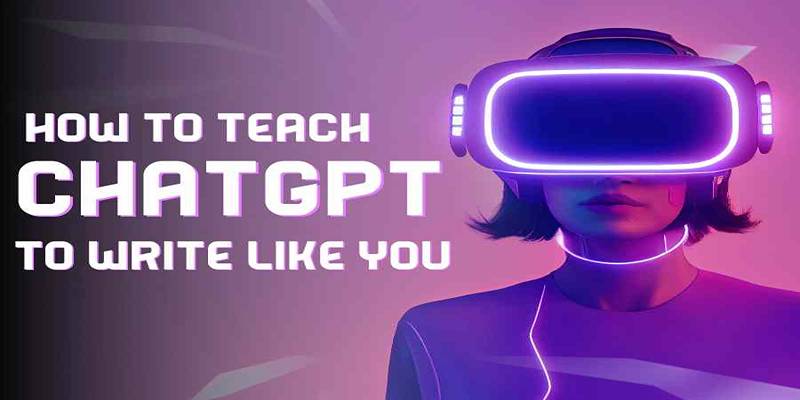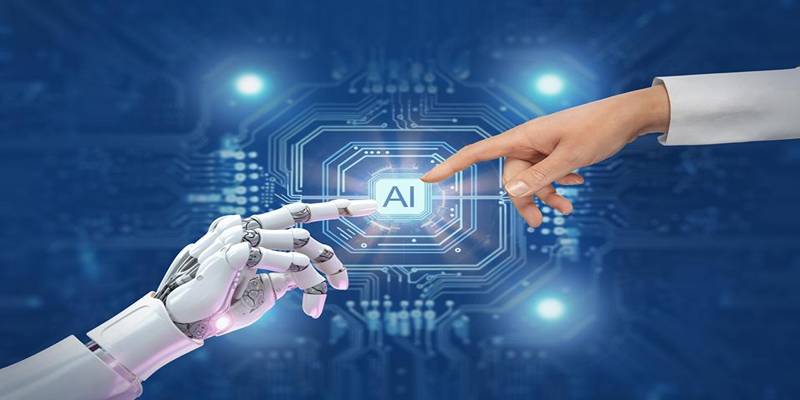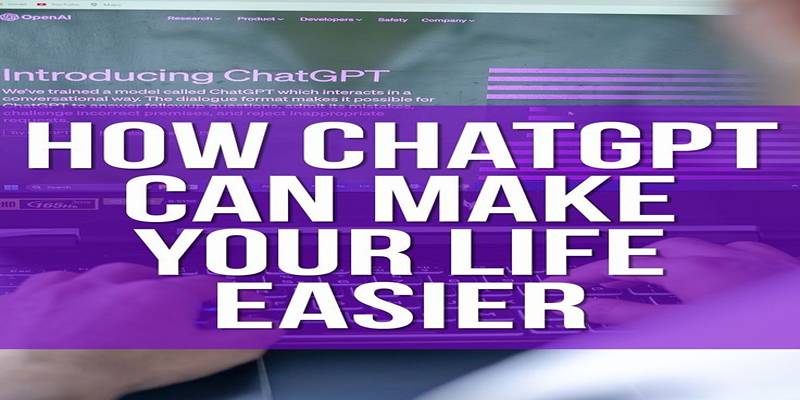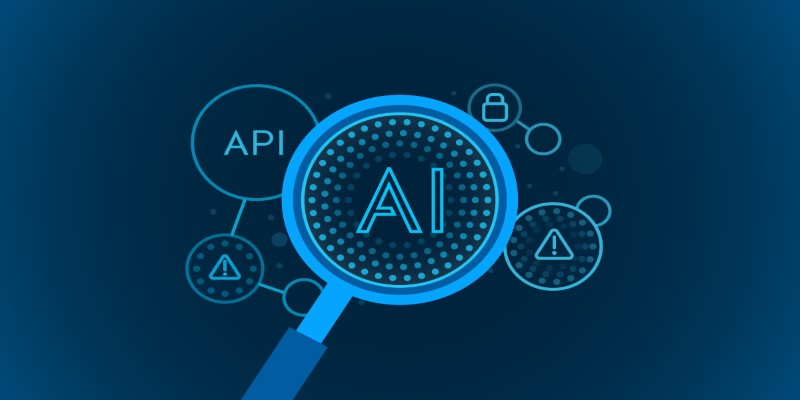Advertisement
Poetry is one of the most emotionally resonant and intellectually rich forms of writing. But even the most seasoned poets occasionally face writer’s block, struggle with structure, or second-guess their imagery. Fortunately, modern tools like ChatGPT can serve as a reliable and inspiring companion throughout the poetry-writing process. Whether you’re composing your first poem or curating a full-length poetry book, ChatGPT can guide, co-create, and refine your work in deeply productive ways.
Let’s explore how to use ChatGPT not as a replacement for your creativity but as a powerful aid to spark ideas, shape language, and polish your poetry collection into a book you can be proud of.
Every poetry book begins with a concept—or several. When you're in the early stages and need help discovering your theme or subjects, ChatGPT can help generate a range of poetic directions to consider. Whether you're aiming to write about nature, love, loss, identity, or something more abstract, AI can suggest fresh angles and unexpected connections that can spark inspiration.
You can also ask it to suggest overarching themes that would work well across an entire poetry book, allowing you to unify your poems under one cohesive narrative or emotional arc. It helps transform individual pieces into a purpose-driven, emotionally resonant collection.
Once you have your topics in place, the next challenge often lies in choosing the right format. ChatGPT can suggest poetic forms that best suit the tone or theme you're working with—be it a sonnet, haiku, free verse, or even something more niche like a ghazal or pantoum.
More importantly, it can help you understand the conventions of each form without feeling limited. If you're working on a book, consistency of style can be critical. ChatGPT can guide you in maintaining coherence while still encouraging creative risks when needed.

Writing poetry is as much about precise language as it is about the ideas behind it. ChatGPT can help refine your word choices, suggest alternatives, and elevate lines that feel flat or overly generic. If your imagery needs enhancement or your metaphors don’t quite land, ChatGPT can offer subtle rewordings that maintain your original intent while enhancing clarity or aesthetic effect.
You stay in full creative control: AI offers you possibilities—more like a creative sounding board than a ghostwriter. This dynamic allows poets to explore ideas freely while preserving their artistic intent. In this way, the poet remains the true author, with AI simply serving as a supportive tool.
Poetic devices like alliteration, metaphor, personification, and enjambment give poetry its layered beauty. But when you're writing an entire book, it’s easy to repeat techniques or miss opportunities to add stylistic richness. ChatGPT can identify areas where literary devices could add impact and suggest ones that fit your tone.
Moreover, you can use it to learn more about lesser-known devices to expand your stylistic toolkit. If you’re unsure how to weave in specific techniques, ChatGPT can break it down step by step while keeping you in the driver’s seat.
The best poetry is deeply personal and emotionally grounded. While AI can assist with flow and clarity, only you can provide the lived experience and emotional texture that make a poem resonate. That’s why it's important to treat ChatGPT as a collaborator rather than a substitute.
Feed it your raw ideas, fragments, or feelings, and use its feedback to refine—not redefine—your unique voice. Your poetry book should still feel like you, not a machine. Ultimately, ChatGPT should enhance the poet's expression, not overpower their individuality.
A poetry book is more than a group of poems—it's a curated experience. ChatGPT can help suggest sequencing based on emotional progression, theme, or form. It can also recommend section titles, assist with table of contents creation, and help structure the manuscript into chapters or segments for better readability.
These structural insights help transform an otherwise disconnected set of works into a unified, narrative-driven manuscript. Proper organization ensures the reader experiences a journey, not just a collection of isolated moments.
Even the most heartfelt poem can lose its power when clouded by awkward syntax, inconsistency, or technical errors. ChatGPT functions as a highly efficient preliminary editor, helping poets spot and correct mistakes in grammar, rhythm, and cohesion. It offers constructive suggestions for improving line breaks, phrasing, and stylistic clarity, all while preserving the original tone.
Though human editors remain crucial for final-stage refinement, using ChatGPT early in the process can streamline revisions and reduce the workload during manual editing. It allows the poet to focus more on creativity and less on mechanical cleanup.

When poetry references specific imagery, historical moments, or cultural elements, accuracy and vivid description are essential. ChatGPT can provide detailed information and descriptive language to help poets craft more immersive and believable scenes. Whether referencing a natural phenomenon or a cultural practice, this research aid enhances the realism and texture of the writing.
By integrating rich background details, the poet’s imagery becomes sharper and more compelling—especially in metaphor-heavy or narrative poems. However, it remains important to verify facts independently, particularly when dealing with sensitive or factual material.
Writing a poetry book is a deeply personal and creatively fulfilling endeavor. With ChatGPT as your assistant, you can overcome common creative blocks, refine your craft, and bring structure to your project. From brainstorming to final edits, the AI serves as a versatile tool that adapts to your process—offering guidance without taking over.
Whether you’re looking to collaborate, learn, or get unstuck, ChatGPT can play a valuable role in shaping your next poetic masterpiece. Just remember, your heart, voice, and vision are what make poetry truly matter—and no AI can replace that.

Explore how ChatGPT helps fitness professionals save time by generating structured, personalized training programs.

Want to get better at machine learning without wasting time on fluff? These 10 GitHub repos give you real code, clear examples, and tools that actually make sense

How is Higgsfield revolutionizing AI video creation? Learn about its fast, personality-driven videos perfect for social media, and how it compares to tools like Sora

Learn how to train ChatGPT to match your writing style by using samples, structure, and style cues for accurate results.

Google unveils the Veo video model on Vertex AI, delivering scalable real-time video analytics, AI-driven insights, and more

Snowflake unveils new AI and security features to enhance machine learning, data protection, and scalability for businesses

Explore how 10 top tech leaders view artificial intelligence, its impact, risks, and the future of innovation in AI.

Discover best practices freelance writers can follow to use ChatGPT ethically, creatively, and professionally in their work.

Discover 9 smart ways ChatGPT makes life easier by helping with tasks, decisions, planning, writing, and daily learning.

Discover 8 effective ChatGPT prompt strategies that help reduce digital distractions and improve daily focus and clarity.

Worried about how ChatGPT handles your data? Learn how to stop your conversations from being used to train AI models and manage your privacy settings effectively

Wondering how to tell if content was written by ChatGPT? Discover four reliable AI-checking tools designed to help teachers, lecturers, and team leaders identify AI-generated writing with ease